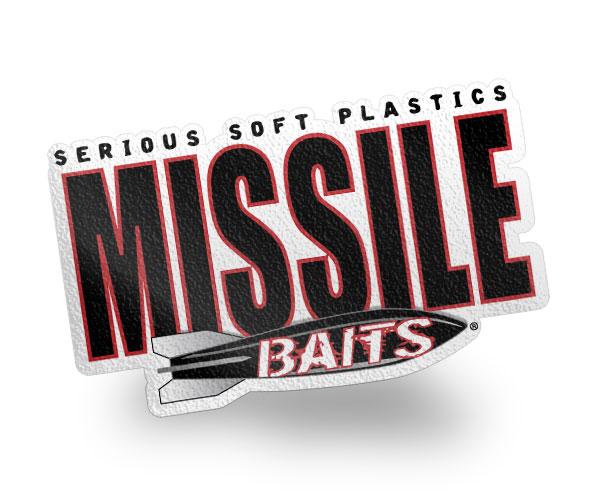Introduction:
A bass boat is not just a means of transportation for anglers; it is a vessel that can be optimized for increased efficiency and performance. By applying Lean principles to your bass boat, you can enhance its overall functionality, reduce waste, and improve its agility on the water. In this document, we will explore various strategies and modifications that can help make your bass boat more lean.
I. Streamlining the Design:
✨ Optimal Weight Distribution:
- Ensure that the weight distribution is well-balanced to maximize stability and maneuverability. A properly balanced boat will handle better and require less effort to control.
- 🚚 Place heavy items (e.g., batteries, anchors) closer to the boat’s center of gravity. This will help maintain the boat’s stability and prevent it from becoming top-heavy.
- 🚫 Avoid overloading the boat with unnecessary equipment or personal belongings. Excess weight can decrease fuel efficiency and reduce the boat’s performance.
✨ Aerodynamics:
- Minimize wind resistance by reducing the height of non-essential components like trolling motor brackets or rod holders. Lowering these components will help the boat cut through the air more efficiently.
- Consider installing a lower-profile windshield to decrease drag. Windshields that are too tall can create unnecessary wind resistance.
- Avoid adding unnecessary accessories that may disrupt the boat’s aerodynamic shape. Each additional item added to the boat can create drag, impacting its overall performance.
✨ Material Selection:
- Utilize lightweight, durable materials during repairs or modifications, such as fiberglass or carbon fiber. These materials are strong and lightweight, reducing the overall weight of the boat.
- Opt for lighter weight seats, hatches, or storage compartments without compromising durability. There are various lightweight options available that can help reduce the boat’s weight without sacrificing functionality.
II. Efficient Equipment and Technology:
✨ Engine Optimization:
- Regularly maintain the engine to ensure it operates at peak performance, reducing fuel consumption and emissions. Regular servicing, including oil changes and spark plug replacements, can help maintain the engine’s efficiency.
- Consider upgrading to a more fuel-efficient engine if your current one is outdated. Newer engines often offer improved fuel efficiency and performance.
- Opt for a propeller that is specifically designed for your boat’s engine and its intended use. The right propeller can optimize performance and fuel efficiency.
✨ Energy-Efficient Electronics:
- Choose energy-efficient electronics (e.g., fish finders, GPS systems) that consume less power. Energy-efficient devices can help conserve battery life and reduce the boat’s overall power consumption.
- Turn off or lower the brightness of displays when not in use to conserve battery life. Dimming the displays can significantly extend the battery life during long fishing trips.
✨ Efficient Livewell System:
- Optimize the livewell system by using recirculation pumps to minimize water consumption. Recirculating the water in the livewell instead of constantly refilling it can decrease water usage and conserve resources.
- Install an automatic timer to keep the livewell running only when necessary, reducing energy waste. This will prevent the livewell from running continuously and consuming unnecessary power.
✨ Advanced Trolling Motor:
- Upgrade to a high-efficiency trolling motor that consumes less power while delivering optimal thrust. Newer trolling motors often come with improved designs and technologies that maximize efficiency.
- Consider models equipped with GPS technology, allowing for precise positioning and navigation. GPS-enabled trolling motors can help you maintain your desired course and save energy by minimizing the need for excessive steering.
III. Organization and Storage Optimization:
✨ Declutter and Reorganize:
- Remove unnecessary items from the boat to minimize weight and clutter. Only carry the essential gear and equipment needed for your fishing trips.
- Establish a designated storage system for fishing gear, ensuring quick and easy access to essential items. Organizing your gear will save time and energy while on the water.
✨ Weight Reduction:
- Replace heavy metal storage containers with lightweight plastic or fabric alternatives. Lightweight storage containers can significantly reduce the overall weight of the boat.
- Utilize collapsible or foldable storage solutions when possible to save space and reduce weight. These types of storage solutions can be easily folded and stored when not in use.
✨ Modular and Multi-Purpose Accessories:
- Invest in modular accessories that can serve multiple purposes, reducing the need for separate items. Versatile accessories can help save space and weight on the boat.
- Opt for adjustable rod holders or seats that can accommodate different fishing techniques or preferences. Adjustable accessories can adapt to different situations, eliminating the need for multiple specialized items.
IV. Safety and Environmental Considerations:
✨ Proper Maintenance:
- Regularly inspect and maintain your boat to ensure it operates safely and efficiently. Routine maintenance

